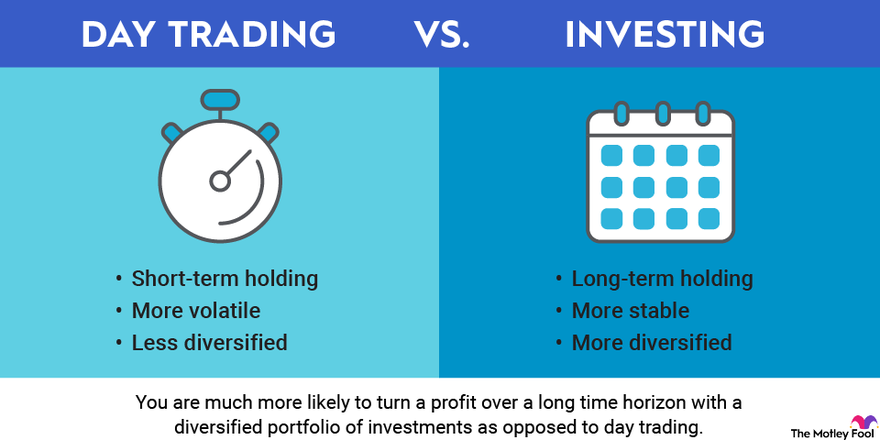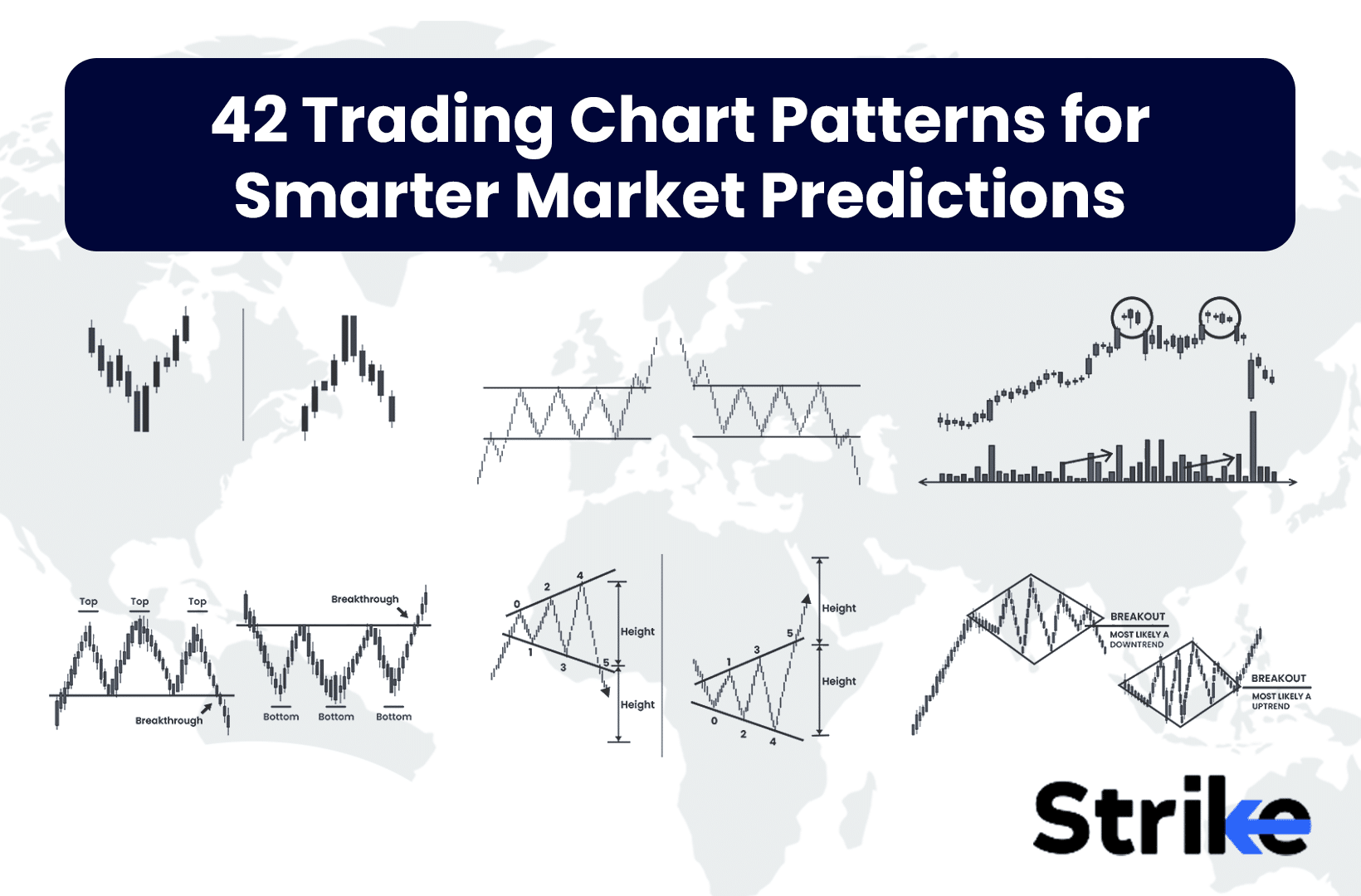Did you know that institutional traders often have more influence on the market than a cat meme has on the internet? In the world of day trading, understanding institutional trading is crucial for success. This article explores why day traders need to pay attention to institutional trading, highlighting its impact on market liquidity, price movements, and volatility. We'll discuss the benefits of accessing institutional trading data, the risks of ignoring trends, and how these strategies can enhance your trades. Additionally, you'll learn how to identify institutional activity, track trading flows, and understand the overall market sentiment. By grasping these concepts, day traders can navigate the market more effectively and make informed decisions with insights from DayTradingBusiness.
Why Do Day Traders Need Institutional Trading?
Day traders rely on institutional trading because it provides high-volume liquidity, allowing them to execute large trades without slippage. Institutional traders set market trends and price movements, creating opportunities for quick, profitable entries and exits. Access to institutional order flow offers better bid-ask spreads and more reliable price discovery. Without institutional trading, day traders face higher spreads, less liquidity, and increased risk of sudden price swings.
How Does Institutional Trading Affect Market Liquidity?
Institutional trading boosts market liquidity by adding large volume trades, narrowing bid-ask spreads, and making it easier for day traders to enter and exit positions without impacting prices significantly.
What Are the Benefits of Accessing Institutional Trading Data?
Accessing institutional trading data reveals big market moves and trends, helping day traders anticipate price swings. It shows where large investors are placing bets, offering insight into potential market direction. This data improves the accuracy of trade timing and reduces guesswork. Recognizing institutional activity can reveal hidden support and resistance levels, giving traders an edge. Overall, it enhances decision-making, increases trade confidence, and helps avoid false signals driven by small investors.
How Does Institutional Trading Impact Price Movements?
Institutional trading moves large volumes, causing significant price shifts that can set trends or create volatility. When institutions buy or sell big blocks, it often leads to sharp price jumps or drops, shaping short-term price action. Day traders watch these moves because they signal market direction, providing opportunities for quick profits. Institutional trades can trigger momentum, making prices more predictable or, sometimes, more unpredictable if institutions suddenly reverse. Their activity influences liquidity and spreads, affecting how easily day traders can enter or exit positions.
Why Is Institutional Trading Important for Market Volatility?
Institutional trading influences market volatility because large orders from institutions can cause significant price swings, either by adding liquidity or pulling it. Their trades often involve big volumes, which can trigger rapid price moves, creating more unpredictable and dynamic markets. When institutions buy or sell heavily, it can lead to sharp spikes or drops, impacting day traders who rely on quick, precise moves. Their activity can set the tone for market trends, making understanding institutional trading crucial for anticipating volatility.
How Can Day Traders Use Institutional Trading Strategies?
Day traders use institutional trading strategies to gain insights into market movements, access large order flows, and improve timing. They observe institutional patterns like block trades and market impact to anticipate price shifts. Mimicking institutional tactics, such as order book analysis or volume profiling, helps them align their trades with big players. Understanding institutional motives gives day traders an edge in predicting short-term price swings and avoiding traps. Essentially, studying institutional trading makes their strategies more precise and competitive.
What Are the Risks of Ignoring Institutional Trading Trends?
Ignoring institutional trading trends can cause day traders to miss key market signals, leading to poor timing and missed opportunities. It increases the risk of trading against large players, which can cause sudden and severe price swings. Without understanding these trends, traders may overreact to retail-driven moves, losing money when institutions shift their positions. Overlooking institutional activity also hampers the ability to anticipate market reversals, making trades less strategic and more speculative.
How Does Institutional Trading Influence Bid-Ask Spreads?
Institutional trading narrows bid-ask spreads because large orders increase liquidity, making it easier to buy or sell without moving the price. When institutions trade actively, they add volume and depth to the market, reducing the difference between buying and selling prices. This tighter spread benefits day traders by lowering transaction costs and enabling more precise entries and exits.
Why Is Institutional Trading Relevant for Short-Term Traders?

Institutional trading influences market liquidity and volatility, which short-term or day traders rely on for quick moves. Large institutions can cause sharp price swings, creating opportunities for day traders to profit from short-term price fluctuations. Their high-volume trades can also set market trends that day traders follow. Understanding institutional trading helps short-term traders anticipate price changes and manage risk effectively.
How Do Institutional Orders Affect Market Depth?
Institutional orders increase market depth by adding large buy and sell orders, which narrow bid-ask spreads and provide more liquidity. This makes it easier for day traders to execute trades without causing big price swings. When institutions trade, their sizable orders fill the order book, reducing volatility and giving day traders more stable price movements. Without institutional orders, markets can be thinner, with wider spreads and less liquidity, making trading riskier and more challenging for day traders.
Learn about How Do Institutional Orders Impact Market Liquidity?
What Role Does Institutional Trading Play in Market Efficiency?
Institutional trading boosts market efficiency by providing liquidity, narrowing bid-ask spreads, and stabilizing prices. Large institutions execute significant trades that reflect true market value, reducing volatility caused by small traders. Their activity helps discover accurate prices faster, making markets more transparent and reliable for day traders. Without institutional trading, markets would be more fragmented and less efficient, increasing risks for individual traders.
How Can Day Traders Identify Institutional Trading Activity?
Day traders spot institutional trading activity by watching for large volume spikes, sudden price moves, and order flow patterns that differ from retail trading. They analyze Level 2 data and time-and-sales to see big block trades and identify shifts in market sentiment. Unusual activity in key support or resistance levels often signals institutional involvement. Recognizing these signs helps day traders anticipate market moves driven by big players and adjust their strategies accordingly.
Learn about How Do Institutional Traders Influence Day Trading Strategies?
Why Should Small Traders Follow Institutional Market Moves?
Small traders should follow institutional market moves because institutions control large trading volumes, which drive market trends and price swings. Understanding their buy and sell patterns reveals potential entry and exit points. Institutional trading signals can indicate market sentiment shifts before retail traders catch on. By tracking institutional activity, day traders can avoid false signals and align their trades with major market movers, increasing their chances of success.
How Does Institutional Trading Impact Stock Prices?
Institutional trading moves large volumes of stocks, causing significant price swings that day traders can exploit. When institutions buy or sell, it often signals market trends or shifts, affecting supply and demand. Their trades can lead to increased volatility, creating opportunities for day traders to profit from quick price movements. Institutional activity also adds liquidity, making it easier for day traders to enter and exit positions without big slippage. Essentially, institutional trading shapes short-term stock prices and provides clues for day traders to time their trades.
Learn about Institutional Trading Patterns and How They Impact Day Trading Opportunities
What Tools Help Track Institutional Trading Flows?
Tools like Bloomberg Terminal, Thomson Reuters Eikon, and FactSet help track institutional trading flows. These platforms provide real-time data on large trades, order book movements, and market sentiment, giving day traders insights into institutional activity that can influence short-term price moves. Additionally, tools like Trade Alert and Market Delta analyze block trades and volume spikes, revealing where big players are active.
How Does Institutional Trading Shape Overall Market Sentiment?

Institutional trading influences market sentiment by driving large-volume trades that signal confidence or concern. When institutions buy, it often boosts market optimism; when they sell, it can trigger fear or uncertainty. Their actions set trends and impact liquidity, making their trading activity a key indicator for day traders to gauge market direction.
Conclusion about Why Is Institutional Trading Important for Day Traders?
Understanding the significance of institutional trading is crucial for day traders aiming to enhance their strategies and decision-making. By recognizing how institutional activities influence market liquidity, price movements, and volatility, traders can better navigate the complexities of the market. Utilizing institutional trading data and strategies not only improves risk management but also aligns trading practices with prevailing market trends. To stay competitive, day traders should actively monitor institutional influences and leverage tools that track these movements. Embracing this knowledge will ultimately lead to more informed trading decisions and improved outcomes. For further insights and support in your trading journey, consider exploring the resources offered by DayTradingBusiness.
Learn about Why is stop-loss risk important for day traders?